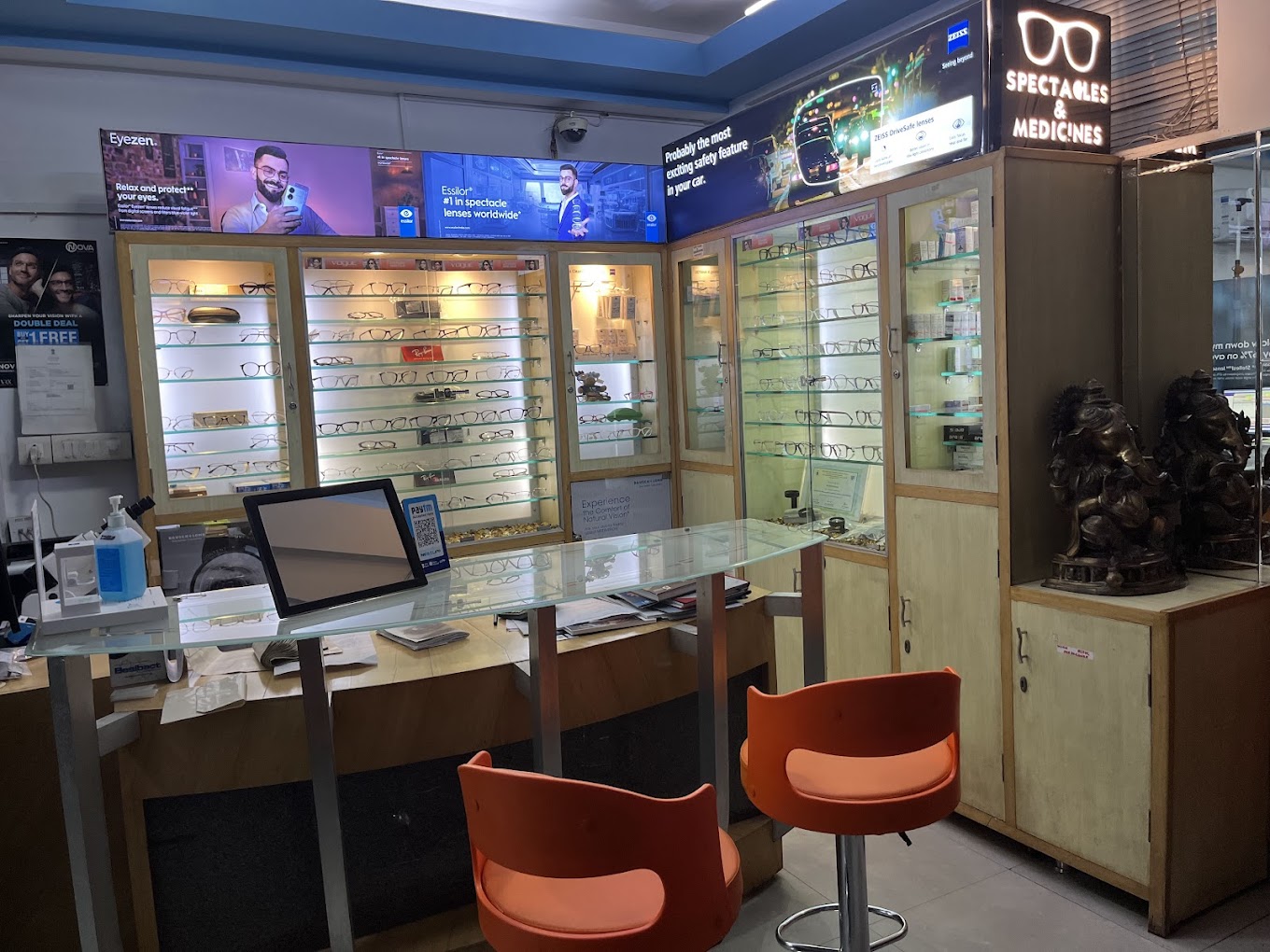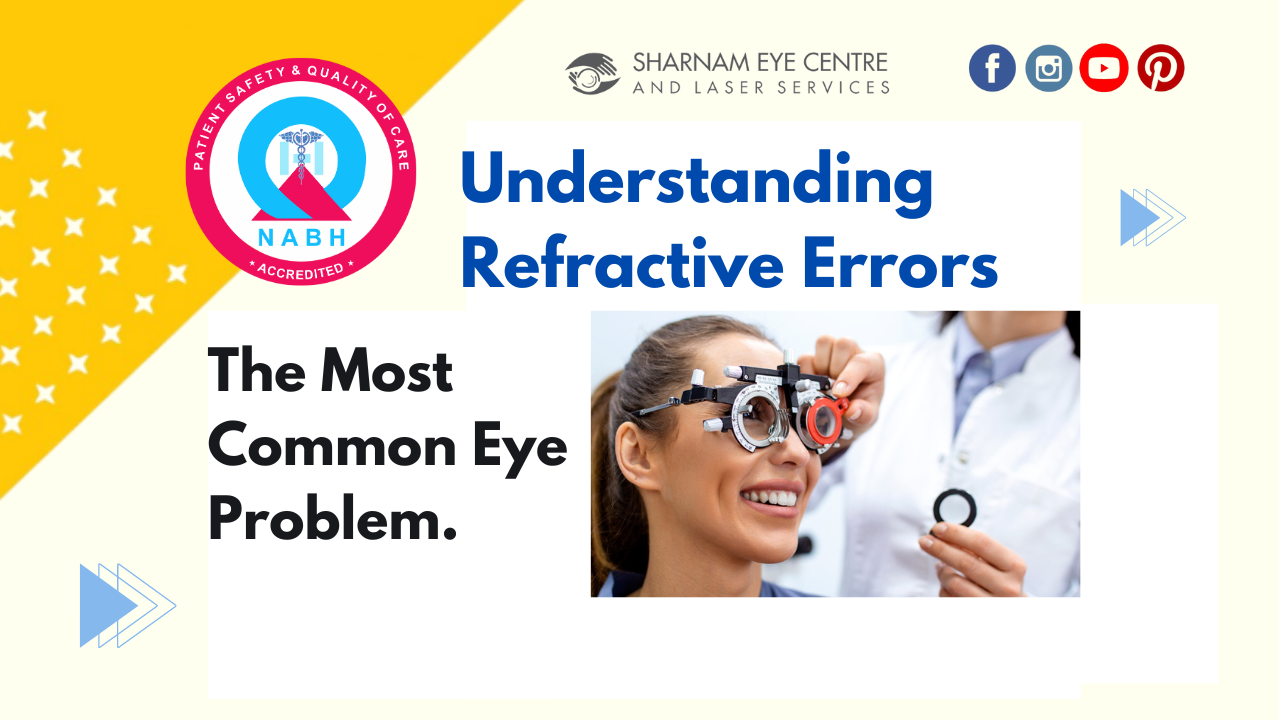Your eyes are incredible organs, allowing you to see the world around you with clarity and detail. At the heart of this process is the cornea—a clear, smooth dome at the front of your eye that acts like a window. It allows light to pass through and focus sharply on the retina, enabling clear vision. But when the cornea or the shape of the eye isn’t perfect, it can lead to blurry or distorted vision. This issue is known as a refractive error, the most common eye problem worldwide.
What Are Refractive Errors?
Refractive errors occur when the shape of your eye prevents light from focusing properly on the retina. The retina is the part of the eye that sends visual information to the brain. If light doesn’t focus correctly, your vision will be blurry. There are several types of refractive errors:
- Nearsightedness (Myopia): This occurs when the eyeball is too long, or the cornea is too curved. As a result, light rays focus in front of the retina, making distant objects appear blurry while close objects remain clear.
- Farsightedness (Hyperopia): In this case, the eyeball is too short, or the cornea is not curved enough. Light rays focus behind the retina, causing nearby objects to be blurry while distant objects may still appear clear.
- Astigmatism: This occurs when the cornea or lens has an irregular shape, causing light rays to focus on multiple points in the eye rather than one. This can make both near and distant objects appear blurry or distorted.
- Presbyopia: As we age, the eye’s lens loses flexibility, making it difficult to focus on close objects. This natural aging process typically starts affecting people in their 40s.
- Cataracts: Cataracts cause the eye’s clear lens to become cloudy, which can also lead to blurry vision. Although not a refractive error in the traditional sense, it impacts how light passes through the eye.
How Are Refractive Errors Corrected?
The good news is that refractive errors are easily corrected. The most common solutions include:
- Eyeglasses: The simplest and safest way to correct refractive errors. Eyeglasses work by altering the way light enters your eyes, helping to focus it correctly on the retina.
- Contact Lenses: These work similarly to glasses but are placed directly on the eye. They can provide clearer vision and a wider field of view.
- Refractive Surgery: Procedures like LASIK can reshape the cornea, offering a more permanent solution to refractive errors.
Importance of Regular Eye Exams
Regular eye exams are crucial for detecting refractive errors and ensuring your prescription is up to date. An eye exam can also help identify other potential eye health issues early on, leading to better outcomes.

Final Thoughts
Refractive errors are common, but they don’t have to affect your quality of life. By understanding these eye conditions and seeking the appropriate treatment, you can maintain clear vision and enjoy the world around you in all its detail.



